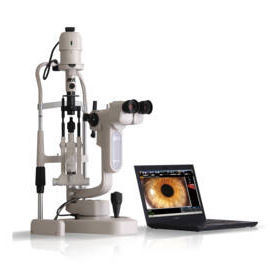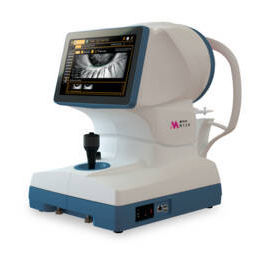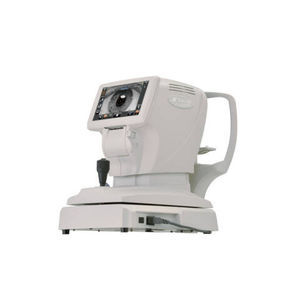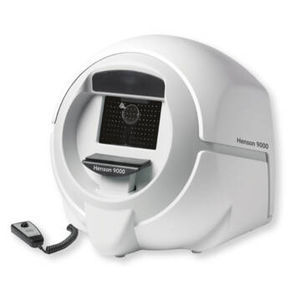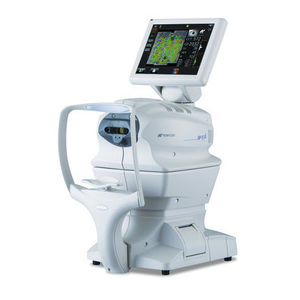
- Secondary care
- Ophthalmology
- Retinal camera
- Topcon Healthcare
- Company
- Products
- Catalogs
- News & Trends
- Exhibitions
Retinal camera Signalhand-held


Add to favorites
Compare this product
Characteristics
- Type of instrument
- retinal camera
- Ergonomics
- hand-held
Description
The Signal handheld retinal camera is a mobile imaging solution to bring to different exam rooms or home settings. The Signal hand held retinal camera offers true color fundus images for detailed retinal examination.
Imaging
The Signal enables non-mydriatic retinal examination with a 500 by 400 field of view, covering the macula and the disc. It is not necessary to dilate pupils. True color images and videos offer excellent screening and documentation of the retina. The nine fixation targets offer both central as well as peripheral imaging.
Portability
The Signal handheld retinal camera is ultra-lightweight and compact. The whole system fits into a smart looking carrying case. The eye care specialist can visit bedridden patients in nursing homes, or at their own home. The Signal has an operating time of approximately 5 hours of continuous use. Images can be uploaded if WiFi is available or can be stored on the Signal embedded memory.
Ease of Use
The auto focus function of the Signal assures easy and fast image acquisition. In combination with the Topcon slit lamp adapter, positioning and alignment becomes even more effortless. Intuitive icons give access to easy-to-use menus in the camera.
Pediatric and geriatric Ophthalmology
Capturing both children and elderly patients can pose challenges when using a stationary retinal camera. However, the maneuverability of the Signal allows for easier image acquisition of uncooperative children. Additionally, the IR focusing beam, with its low brightness and intensity, minimally disturbs children, making them less fearful. Moreover, elderly patients can be conveniently screened while in a reclined or lying position.
Catalogs
Related Searches
- Fixed ophthalmic examination
- Tabletop ophthalmic examination
- Ophthalmic biomicroscope
- Hand-held ophthalmic examination
- Table ophthalmic biomicroscope
- Workstation with chair
- Surgical microscopy on casters
- Ophthalmoscope
- Ophthalmic workstation
- Workstation with light
- Compact workstation
- Operating microscope
- Tonometer
- Refractometer
- Keratometer
- Automatic refractometer
- Automatic keratometer
- Retinal camera
- Ophthalmic instrument table
- Digital slit lamp
*Prices are pre-tax. They exclude delivery charges and customs duties and do not include additional charges for installation or activation options. Prices are indicative only and may vary by country, with changes to the cost of raw materials and exchange rates.













